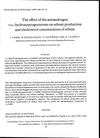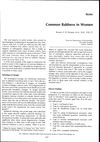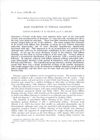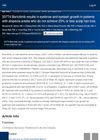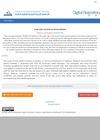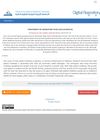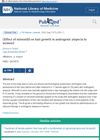The Unit Area Trichogram in the Assessment of Androgen-Dependent Alopecia
October 1983
in “
British Journal of Dermatology
”
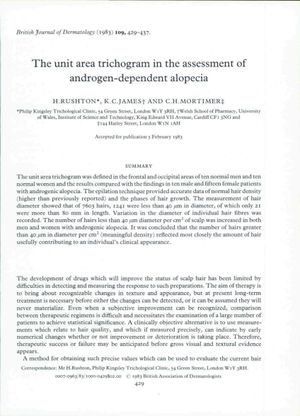
TLDR The unit area trichogram is a reliable method to assess hair loss and treatment response in people with androgenic alopecia by measuring hair density and thickness.
In a 1983 study, researchers used the unit area trichogram to evaluate hair characteristics in 45 individuals, including 10 normal men, 10 normal women, 10 male patients, and 15 female patients with androgenic alopecia. They discovered that normal hair density was higher than previously thought, and patients with androgenic alopecia had an increased number of hairs with a diameter less than 40 µm. The study determined that "meaningful density," or the number of hairs greater than 40 µm in diameter per cm², was a key indicator of the visual coverage of hair. Additionally, the study suggested that changes in hair quality could predict therapeutic outcomes before they are visually noticeable. Significant differences were found between normal subjects and those with androgenic alopecia in terms of hair density, diameter, and the percentage of hairs in the anagen phase. The study also observed a significant increase in telogen phase hairs, especially in the frontal area, and a shift from thicker to finer hairs in individuals with androgenic alopecia, which impacted the aesthetic appearance of hair. The research emphasized the need for standardized hair sampling methods and proposed the unit area trichogram as a reliable tool for assessing hair status and treatment response in androgen-dependent alopecia.
